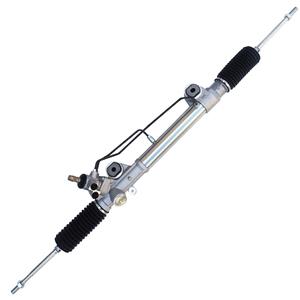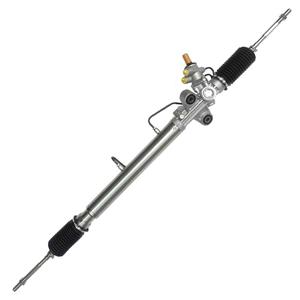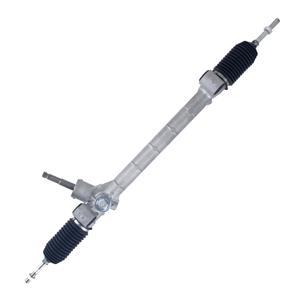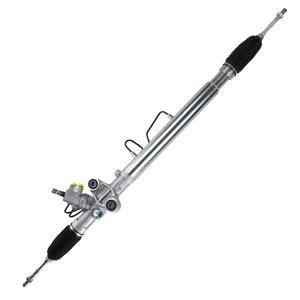Hydraulic Vs. Electric Steering: Which has a higher failure rate?
In the modern automobile manufacturing industry, the steering system is an important part of ensuring driving safety and comfort. With the development of technology, hydraulic steering system and electric steering system have become two mainstream choices. However, the reliability of these two systems, especially their failure rates, has always been the focus of attention of consumers and manufacturers.
So, which steering system has a higher failure rate? This article will conduct a detailed analysis from the aspects of technical principles, common faults, maintenance requirements, etc. to answer this question.
What is the working principle of the hydraulic steering system?
The hydraulic power steering system (HPS) is the most common steering power system in traditional cars. Its basic working principle is to drive the hydraulic pump through the engine to pressurize the hydraulic oil and deliver it to the hydraulic cylinder of the steering system to provide steering assistance.
When the driver turns the steering wheel, the steering valve adjusts the flow direction and pressure of the hydraulic oil according to the direction of the steering wheel, pushes the piston in the hydraulic cylinder to move, drives the steering rack or steering gear to work, and realizes the steering of the wheel.
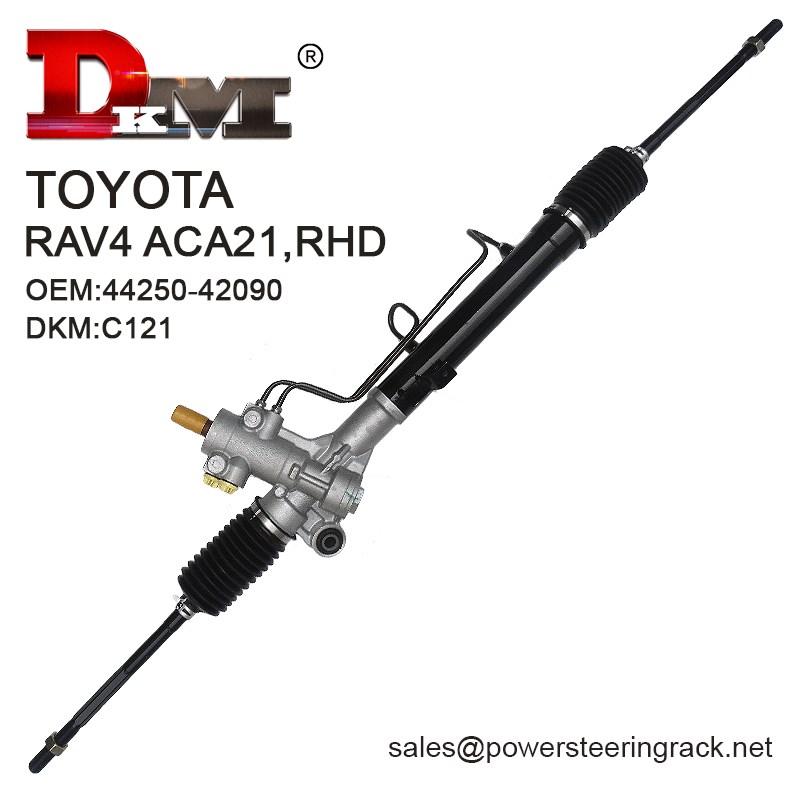
What are the common faults of the hydraulic steering system?
Although the hydraulic steering system has a history of several decades and its technology is relatively mature, there is still a certain risk of failure because the system relies on multiple mechanical and hydraulic components. The following are the more common types of failures in hydraulic steering systems:
● Hydraulic oil leakage: Hydraulic oil leakage in hydraulic systems is one of the most common failures. The causes of leakage usually include aging of the seal ring, broken pipes or loose interfaces. Leakage of hydraulic oil will not only cause the power assist to weaken, but may also damage other components.
● Hydraulic pump failure: The hydraulic pump is the core component of the entire hydraulic steering system. If the hydraulic pump fails (such as the blades in the pump are worn or the pump shaft is damaged), the hydraulic system will not work properly, resulting in the disappearance of steering power assistance.
● Steering valve failure: The steering valve is responsible for regulating the flow direction and pressure of the hydraulic oil. If the steering valve is stuck or fails, it may cause the steering power assistance to fail or inaccurate steering.
● Hydraulic line blockage: Blockage of the hydraulic line will cause the hydraulic oil to flow poorly, thus affecting the power assistance effect. This situation is usually caused by sludge accumulation or foreign matter entering the pipeline.
● Hydraulic cylinder failure: The piston and seals in the hydraulic cylinder may wear out after long-term use, causing the hydraulic cylinder to be unable to provide effective power assistance, and even the hydraulic oil may leak.
What are the maintenance requirements of the hydraulic steering system?
Because the hydraulic steering system relies on hydraulic oil and mechanical components, it requires regular maintenance. For example, the hydraulic oil needs to be replaced regularly, the hydraulic lines and seals need to be checked for leaks, and the hydraulic pump and steering valve also need to be regularly inspected and cleaned. These maintenance requirements increase the possibility of failure in the hydraulic steering system, especially when there is a lack of adequate maintenance.
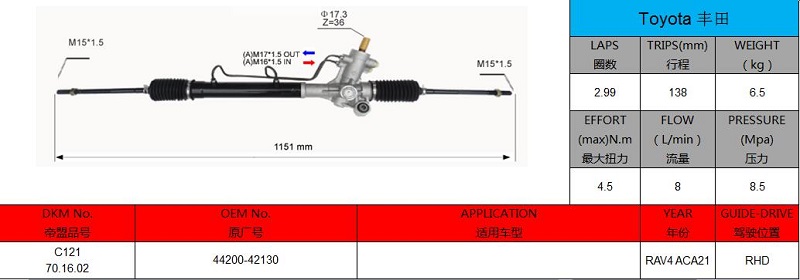
How does the electric steering system work?
The Electric Power Steering (EPS) system is a new type of steering power system that provides power assistance through an electric motor instead of relying on a traditional hydraulic system. The electric steering system detects the steering wheel's rotation angle and force through sensors and transmits signals to the control unit (ECU). The ECU controls the direction and force of the motor's rotation based on these signals to provide power assistance to the steering system.
Because hydraulic oil and hydraulic pumps are no longer required, the electric steering system has a simpler structure and is lighter in weight. In addition, the EPS system can automatically adjust the power-assist effect according to conditions such as vehicle speed, which improves the flexibility and safety of steering.
What are the common faults of electric steering systems?
Although the structure of the electric steering system is relatively simple, there is still a certain risk of failure due to its high reliance on electronic components. The following are the more common types of faults in the electric steering system:
● Sensor failure: The electric steering system relies on multiple sensors to detect the angle and force of the steering wheel. If the sensor fails, the system may not be able to accurately provide power assistance, and even steering failure may occur.
● Motor failure: The motor is the core component of the EPS system. If the motor is overheated, worn or damaged, the power-assist effect may be weakened or completely lost.
● Control unit (ECU) failure: The control unit of the EPS system is responsible for processing sensor signals and controlling the operation of the motor. If the control unit fails (such as a short circuit or program error), it may cause system failure or insufficient power assistance.
● Power supply problem: Because the EPS system relies on the vehicle's power system, power supply problems (such as insufficient battery voltage or generator failure) may cause reduced steering assistance, especially at low speeds.
● Connector and wiring harness failure: If the connector and wiring harness in the electric steering system are loose, broken or have poor contact, it may cause signal transmission interruption, which in turn affects the steering assist.
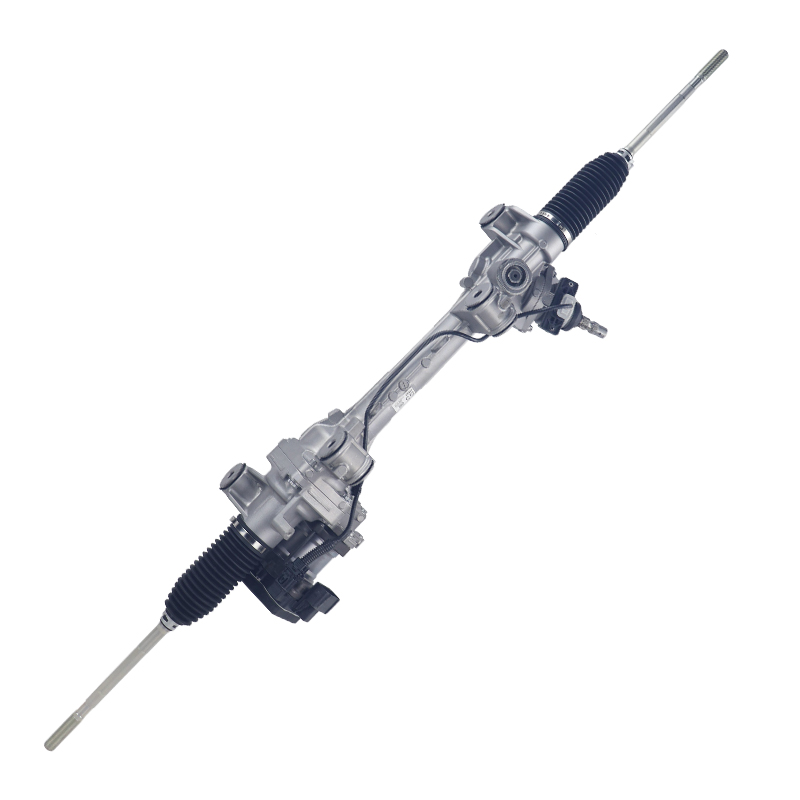
What are the maintenance requirements of the electric steering system?
Compared with the hydraulic steering system, the maintenance requirements of the electric steering system are relatively low. Since there is no hydraulic oil and hydraulic lines, car owners do not need to worry about leakage and hydraulic oil replacement. However, the electronic components in the electric steering system are sensitive to temperature and voltage, so more frequent inspections may be required under extreme environmental conditions. In addition, once the electric steering system fails, the repair cost may be high, and professional equipment and technology are usually required for diagnosis and repair.
Hydraulic Steering System Vs. Electric Steering System: Which has a higher failure rate?
To determine whether the hydraulic steering system or the electric steering system has a higher failure rate, it is necessary to analyze from multiple angles.
Failure Type and Frequency
● Hydraulic Steering System: The failure of the hydraulic steering system is mainly concentrated on mechanical components such as hydraulic oil leakage, hydraulic pump failure and pipeline problems. Because these components are susceptible to wear and aging, the failure rate of the hydraulic steering system will increase significantly as the vehicle ages. Especially in the absence of regular maintenance, leakage and wear problems in hydraulic systems are more common.
● Electric steering system: Failures in electric steering systems are mainly concentrated on electronic components, such as sensors, motors, and control units. Although the failure rate of electronic components is low, once a failure occurs, it is usually difficult to repair. In addition, the electric steering system is highly dependent on the vehicle's power system, so power supply problems may also be a cause of failure.
In summary, the failure rate of hydraulic steering systems may be higher if they are used for a long time or lack maintenance. The failure rate of electric steering systems is low under normal use, but once a failure occurs, the difficulty and cost of repair may be high.
Maintenance requirements and fault prevention
● Hydraulic steering system: The maintenance requirements of hydraulic steering systems are high, and the status of hydraulic oil, seals, and hydraulic pumps need to be checked regularly. Although these maintenance work can effectively prevent the occurrence of failures, once ignored, the failure rate will increase greatly.
● Electric steering system: The maintenance requirements of electric steering systems are relatively low, mainly focusing on the inspection of batteries and electronic components. Due to its simple structure and fewer failure points, the failure rate of electric steering systems is low under normal maintenance.
Environmental factors
Environmental factors, such as temperature, humidity, and vibration, have an impact on the failure rate of both systems.
● Hydraulic steering system Under extreme temperatures, the viscosity of the hydraulic oil will change, affecting the performance and failure rate of the system.
● Electric steering system Under high temperature or extremely cold conditions, the stability of electronic components may be affected, increasing the risk of failure.
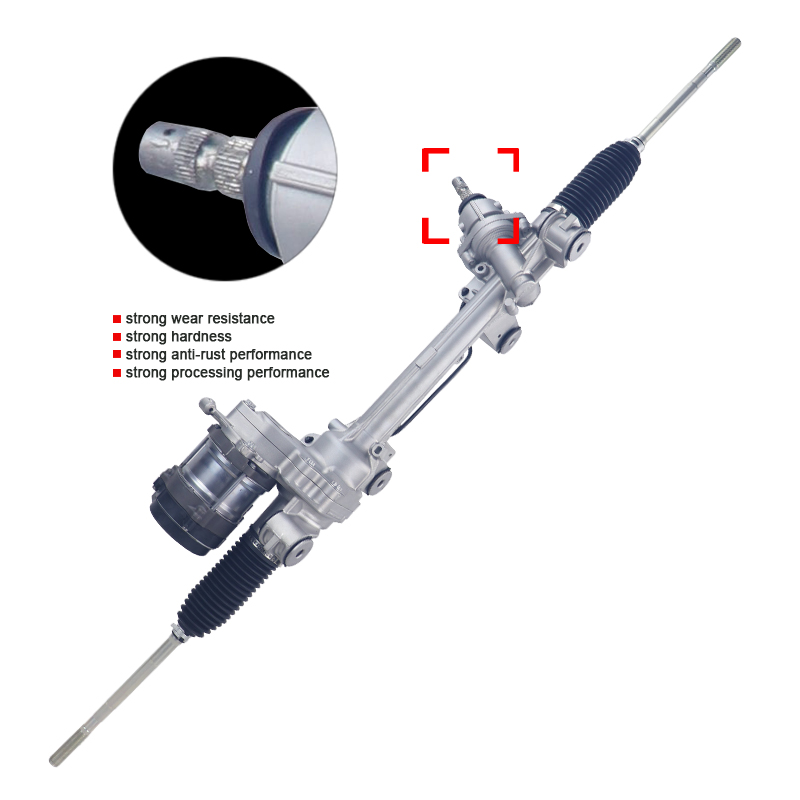
In summary: Hydraulic steering systems require a higher maintenance frequency, so the failure rate may be higher if they are used for a long time or are not properly maintained. Electric steering systems rely on electronic components, which have a lower failure rate, but are more difficult and costly to repair.

